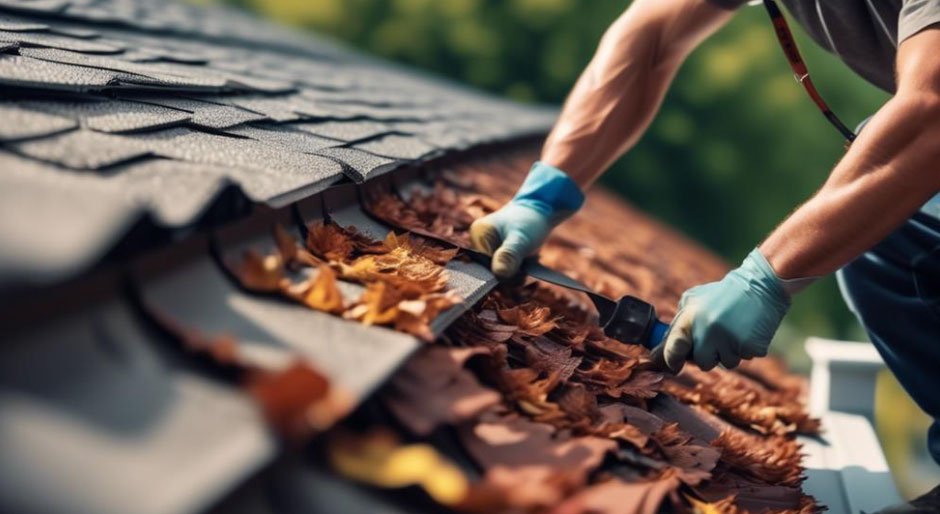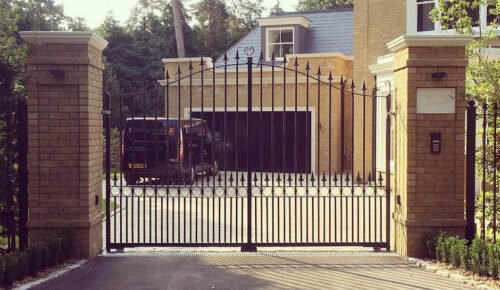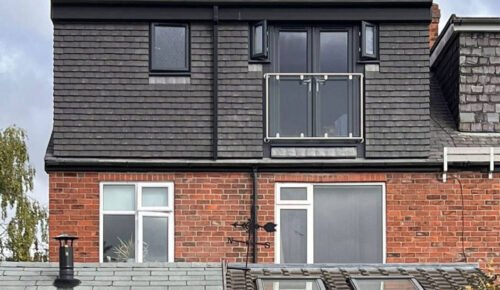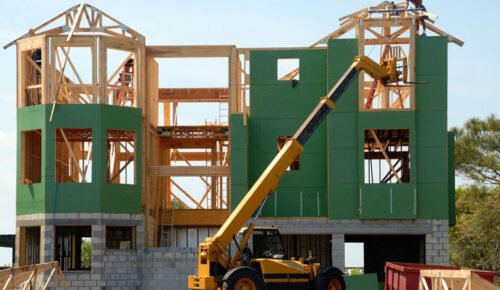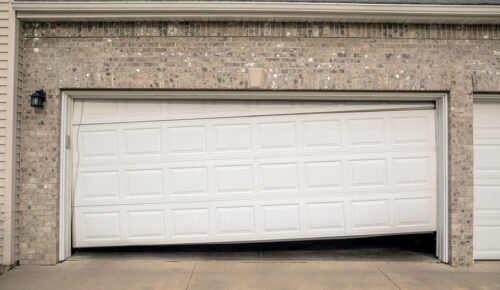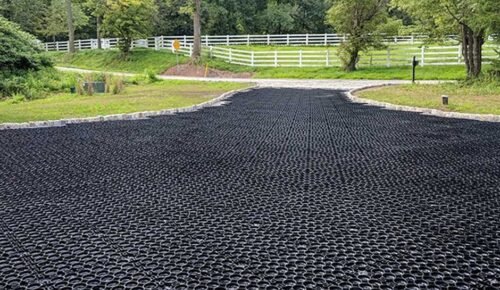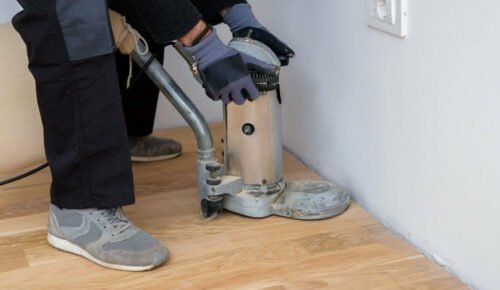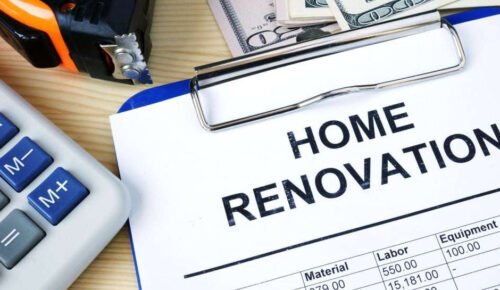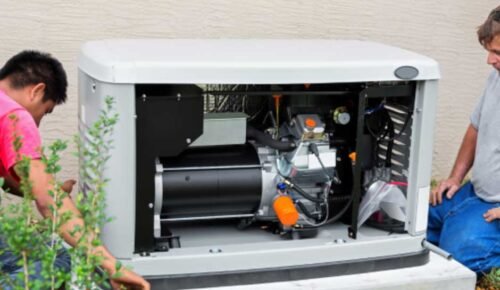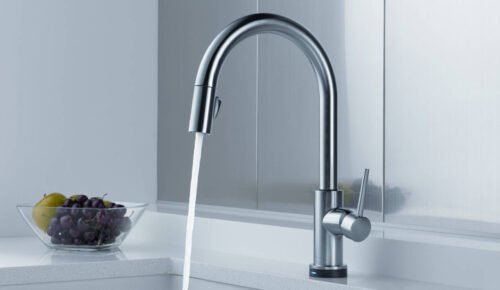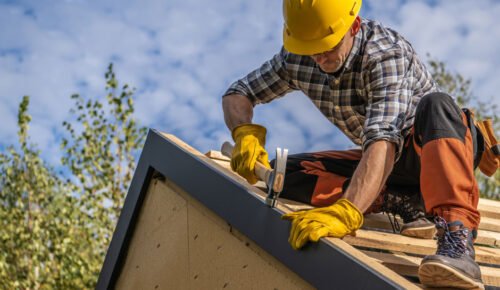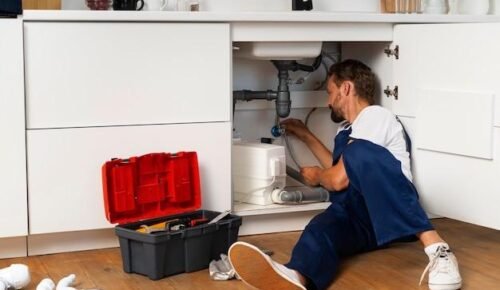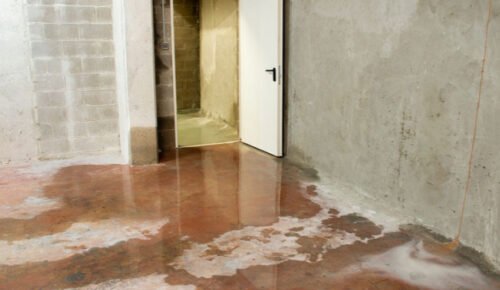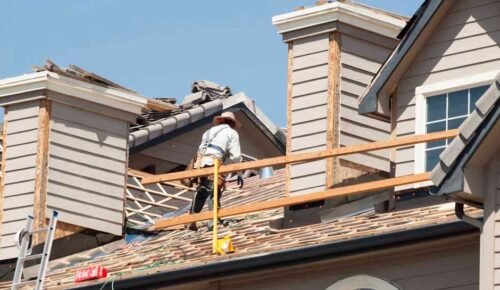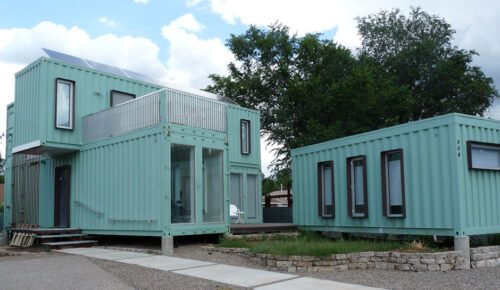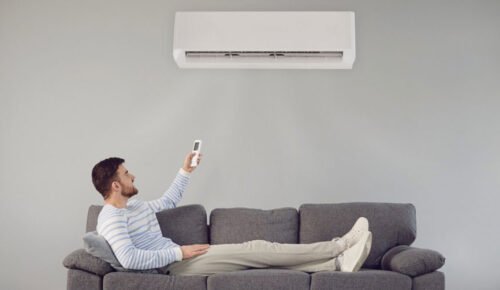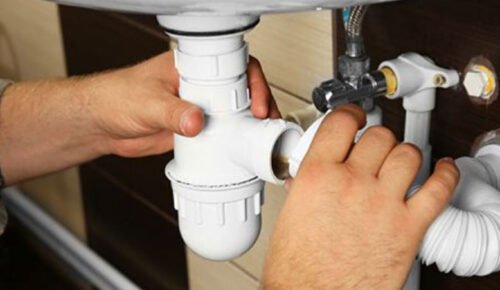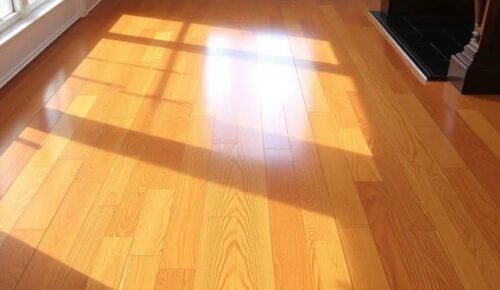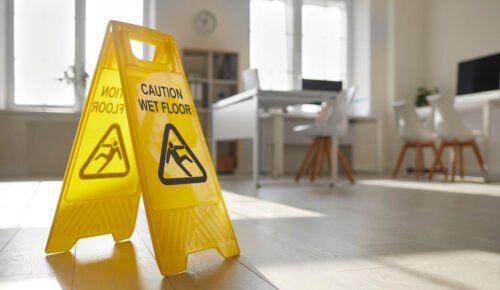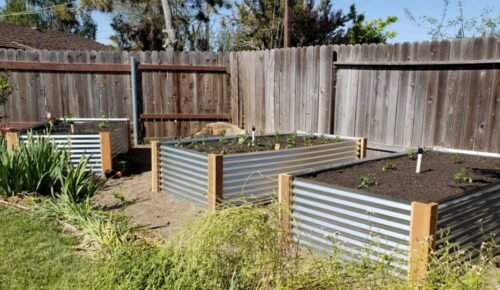Why Weatherproofing Matters
A weatherproof roof is crucial in today’s changing environment, as it protects interiors and maintains the structural integrity of buildings. With record-shattering temperatures and severe storms becoming more common, homeowners must prioritize roofing durability over aesthetics. Proper weatherproofing involves sealing entry points for moisture and securing transitions, valleys, and edges against wind uplift. Leaky roofs can lead to rot, mold growth, insulation breakdown, and damage to framing, ceilings, and walls. Partnering with a local roofing contractor can ensure comprehensive and tailored solutions, preserving comfort inside, reducing long-term energy costs, and preventing minor roof issues from turning into significant renovation projects. Partnering with a local contractor can help avoid the snowball effect of minor roof issues becoming substantial renovation projects.
Choosing the Right Materials
The choice of roofing material depends on the region’s climate, as well as its durability and performance. Asphalt shingles are popular due to their accessibility and cost-effectiveness; however, they have a shorter lifespan when exposed to extreme weather conditions, such as heat, high winds, or hail. Metal roofing is preferred due to its lightweight nature, resistance to rust, and ease of removing rain and snow. Tile and slate roofs offer unmatched longevity and stability in both cold and hot climates, though they come at a higher upfront cost. Wood shakes, on the other hand, provide a rustic appearance but are best suited for dry climates. Balancing style with regional resilience is crucial, and investing in proven, weather-resistant materials can minimize unexpected expenses. It is essential to check manufacturer warranties for defect and weather coverage and follow the manufacturer’s recommended practices.
Routine Inspections and Preventive Care
Regular roof inspections are crucial for homeowners to identify potential issues early. Schedule a visual walk-around at least twice a year, ideally in spring and fall. Even minor damage can lead to leaks threatening the attic, insulation, and drywall. Look for cracked, missing, or curling shingles; inspect flashing for rust, gaps, or lifting; clear gutters and downspouts for proper drainage; and scan roof valleys for moisture-holding materials. Regular maintenance extends the roof’s lifespan, prevents leaks, and can even improve home insurability by reducing the frequency of claims. Regular inspections can help prevent major weather events and ensure a safe and functional roof.
Ventilation and Insulation
Healthy attic ventilation and insulation are crucial for the durability of a home’s roofing system. Proper ventilation allows hot, moist air to escape, preventing rot and structural warping. Insulation acts as a buffer, reducing energy waste by maintaining interior spaces at a comfortable temperature, whether it’s cool in summer or warm in winter. The U.S. Department of Energy estimates that effective attic insulation, air sealing, and ventilation can reduce a home’s energy usage by up to 15%, especially during peak heating and cooling months. Regularly inspecting attic spaces for signs of condensation, mold, or shifting insulation is recommended, as this is a relatively inexpensive measure compared to the cost of extensive interior water damage or premature roof replacement.
Seasonal Maintenance Tips
During the spring, it is crucial to clean gutters and downspouts of debris from winter storms to prevent overflow. Inspect attic ceilings for water stains or musty odors, and be vigilant for nests or signs of animals. In summer, check for shingles that may curl, crack, or blister under extreme heat or UV exposure. Ensure seals around vents, skylights, and rooftop equipment remain intact. In fall, remove leaves, pine needles, and moss from valleys and gutters to improve drainage and reduce the risk of ice dam formation. Trim back tree branches that extend over the roof to prevent debris accumulation. In winter, remove heavy snow buildup using a roof rake to avoid structural stress. Check for ice dams along the eaves and address any leaks immediately to prevent significant repairs. By following this seasonal routine, you can spot emerging issues early and prevent hidden deterioration that can lead to costly emergency roof repairs.
Storm Readiness for Your Roof
Preparing your roof for severe weather is crucial for its resilience against hail, heavy rain, and strong winds. Ensure all shingles and tiles are secure and fasten down any vulnerable fixtures, such as satellite dishes or solar panels. Regularly prune trees near your roof, remove overhanging limbs, and clear gutters and downspouts to prevent water pooling and seeping under your roofing material. Build a small emergency kit with tarps, waterproof tape, sealants, and a ladder to tackle temporary repairs. By planning and understanding your roof’s weak spots, recovery from even the worst storms becomes more manageable, and proactive readiness can save you from a simple repair or a full-scale roof replacement.
Emerging Trends in Roof Weatherproofing
Advancements in technology have led to a wide range of protective solutions for residential roofs. These include impact-resistant shingles and solar-reflective materials, which can withstand extreme weather conditions. Green roofing systems, which utilize soil and vegetation to manage water and provide insulation, are gaining popularity in urban areas. Unmanned aerial vehicles (UAVs), also known as drones, are now used to inspect roofs for hidden damage, while thermal imaging and moisture sensors help pinpoint leaks. Homeowners are adopting these innovative measures to create longer-lasting, energy-efficient, and environmentally friendly roofs. Understanding these technologies and discussing their benefits with a professional can lead to unexpected improvements in homes.
When to Call a Professional
Roofing professionals are essential for certain situations, such as persistent leaks, energy spikes, shingle damage, or sagging rooflines. They have the necessary knowledge, tools, and safety protocols to handle hazardous slopes or difficult-to-diagnose problems. Local contractors can conduct comprehensive inspections, recommend repairs, and offer warranties. When selecting a contractor, prioritize reviews, licensing, insurance, and transparent estimates. Trusting professional input enhances safety and quality, protecting your home’s value for years to come.
